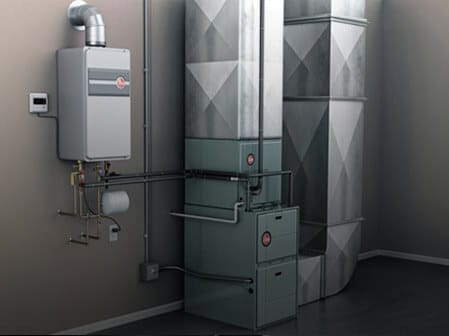Is Your Building Making You Sick?

Your building could be hazardous to your health. If you, your employees, or tenants experience generalized symptoms such as headaches, fatigue, respiratory problems, and increased allergies that subside upon leaving the facility—your building may be “sick”.
The Environmental Protection Agency defines “sick building syndrome” (SBS) as, “a situation in which building occupants experience acute health and comfort effects that appear to be linked to time spent in a building, but no specific illness or cause can be identified.”
Complaints may originate from employees in a specific office, or exist throughout the building.
The symptoms associated with SBS can vary from day to day, and affect each individual in different ways. Research on SBS started in the 1970s, however, a direct cause has not yet been identified.
Contributing factors may include, but are not limited to: poor indoor air quality, inadequate ventilation, various psychological factors, and building operation and maintenance that is “inconsistent with its original design or prescribed operating procedures” (EPA.gov).
If you suspect that your building is making you sick, an indoor air quality analysis will identify air pollution sources within your facility.


